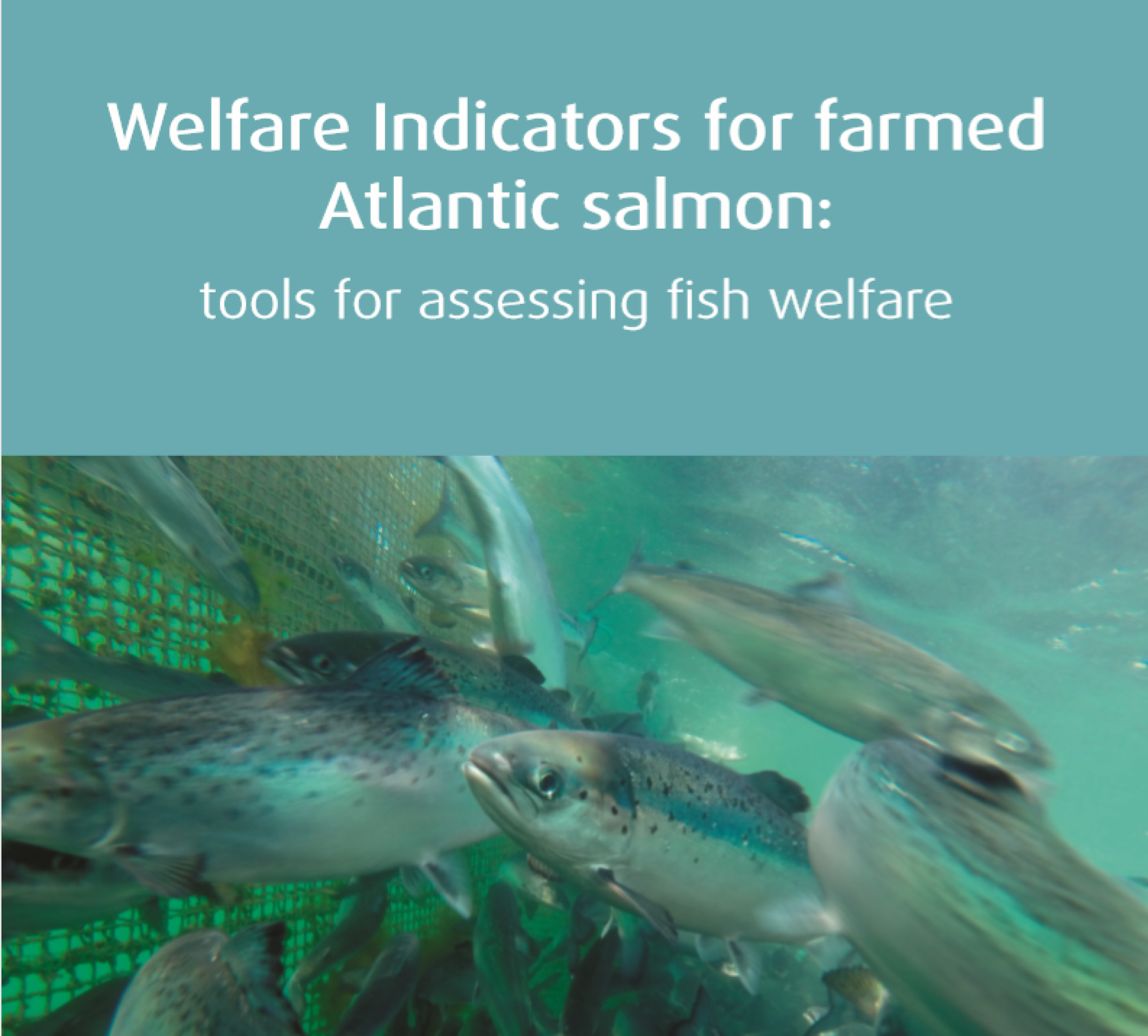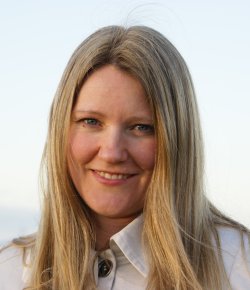
The Norwegian version of the FISHWELL handbook on welfare indicators for Atlantic salmon has been available for over a year. Now the handbook is also available in English.
The English version is called ”Welfare Indicators for farmed Atlantic salmon – tools for assessing fish welfare” and is released as a 351 page PDF.
The handbook is a collaboration between fish welfare researchers and veterinarians at the food research institute Nofima, the Institute of Marine Research (IMR), the Norwegian Veterinary Institute (NVI), Nord University (all of whom are based in Norway) and the University of Stirling in the UK.
“The goals of the project were to provide the industry and other interested stakeholders with a handbook on the correct fit-for-purpose indicators for assessing farmed salmon welfare across different rearing systems, routines and operations. Essentially, it is a science based toolbox where we outline the list of welfare indicators we currently have, evaluate their operational feasibility, and match them to specific production systems or tasks” says scientist Chris Noble of Nofima, who leads the project and is one of the editors of the handbook.
Three parts
The handbook is split into three parts. Part A provides the reader with an updated scientific state of the art on the welfare of Atlantic salmon, in relation to its welfare needs at different lifestages, Part B is a user guide on fit-for-purpose Operational Welfare Indicators and Laboratory based Welfare Indicators for assessing fish welfare in a range of different production systems and Part C outlines fit-for-purpose indicators for assessing fish welfare in different routines and operations.
“For a welfare indicator to operational (an OWI) it must truly say something about the welfare of the fish but still be simple and easy to use out on the farm. If you have to send a sample to the lab for further analysis we define it as a Laboratory Based Welfare Indicator (a LABWI)”, says Jonatan Nilsson, a scientist at the Institute of Marine Research (IMR) an editor and lead author on Part A.
“Part B covers seven well known and emerging rearing systems such as flow through, RAS, net cages, snorkel cages and semi-closed containment systems in the sea. It outlines key potential welfare challenges, some welfare assessment scenarios and any current knowledge gaps we have regarding fish welfare in each system” says Jelena Kolarevic, a scientist at Nofima and an editor and lead author on Part B.
Part C also has a section on welfare indicators for new and emerging technologies and procedures. –It gives the reader a ‘recipe’ on the process of documenting welfare in relation to new technologies, and collates key information the reader should pay attention to” says veterinarian Kristine Gismervik at the Norwegian Veterinary Institute, an editor and lead author on Part C.
"To gain further improvements of welfare measurements, it’s important to get the gathered knowledge into common use. The poster with morphological scoring system can be downloaded and easily printed out, and there are also summary figures and tables in the book listing welfare indicators relevant for the different rearing systems and operations”, Gismervik adds.
Rainbow trout has its own handbook
In 2020 came a new handbook, describing operational welfare indicators in farmed rainbow trout. The book is free to download on the linkage below.
